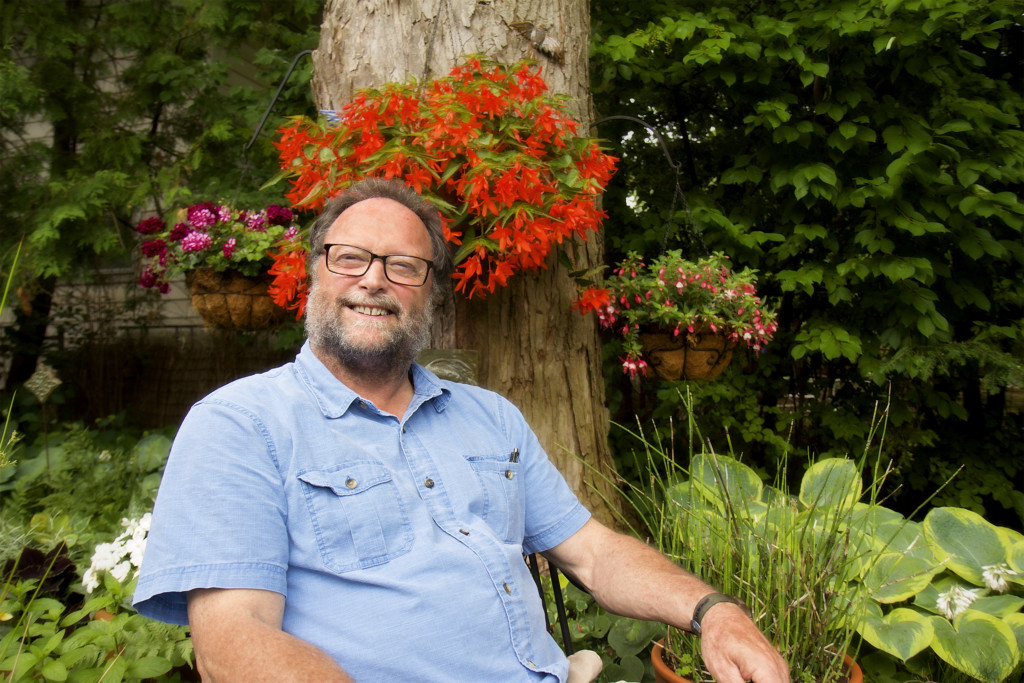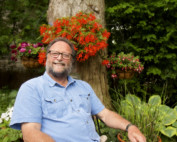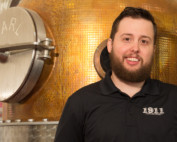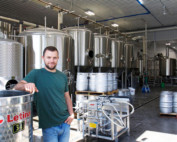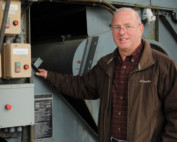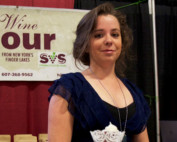Off the Subject
“You can’t grow up in Kentucky and not hear about three basic things: bluegrass, horses and bourbon.”
A third of that trio made a lasting impression on one Kentucky native, Dr. Don Leopold, who is unofficially known as the campus bourbon aficionado.
“That’s the culture,” said Leopold, chair of ESF’s Department of Environmental and Forest Biology. “My father was a Maker’s Mark drinker. When we went into a restaurant he ordered Maker’s Mark and if they didn’t have it we had to leave.”
The Kentucky Bourbon Trail starts in Lexington, where the University of Kentucky, Leopold’s alma mater, is located. Said Leopold: “From Lexington, the trail goes through Frankfort, then and over to Louisville; along that stretch are some of the finest distilleries in the world,” including Buffalo Trace, which is regarded as the “world’s most award-winning distillery.”
Twenty years ago, there were few choices for fans of bourbon, Leopold noted. Many distilleries had closed because of poor sales, but now bourbon is experiencing a marked increase in popularity, with distilleries such as Buffalo Trace and Jim Beam producing 10 to 15 different types of bourbons. The differences range in price, largely due to the time the bourbon spent in the barrel, which affects the taste, and its bottled proof.
High on Leopold’s list of recommendations is Booker’s, an uncut and unfiltered bourbon. “You’re drinking something that’s right out of the barrel with very simple ingredients but formed under pretty complex and dynamic conditions,” Leopold said.
By law, there are certain criteria bourbon has to meet to be called bourbon:
It must be made in the United States.
“Bourbon can be made anywhere in the U.S.,” he said. “There are some fine bourbons that come out of West Virginia, Indiana, Colorado and Texas, but you can’t call it Kentucky bourbon unless it’s made in Kentucky.”
It has to be at least 51 percent corn.
“Some bourbons can be nothing but corn, which gives a different, much sweeter taste, but most bourbons have other ingredients,” he said.
Typically, the remaining ingredients include wheat, rye or barley, and the proportions of those three ingredients greatly influence the taste of the bourbon.
“There aren’t many ingredients involved,” Leopold said, “but if you have 15 percent wheat versus 30 percent wheat it will dramatically affect the flavor of the bourbon.”
It must be aged in virgin, charred oak barrels.
Bourbon barrels are made of virgin white oak (i.e., any species in the white oak subgenus) because of the wood’s “peculiar characteristics,” said Leopold. Tannins and other compounds in the wood contribute to the color, taste and aroma of the bourbon. The structure of the wood enables the alcohol to move back and forth through the wood: In cold conditions it contracts out of the wood, and in hot conditions it moves into the wood. “As it goes into the wood it picks up the color and the chemicals,” he said. The bourbon has to be aged for a minimum of two years.
One of Leopold’s favorite dendrology lectures involves explaining the process of barrel making and barrel filling to his students. From charring the barrels to cooperage to the filling, each step plays a part in the taste of the bourbon.
Leopold offers some tips to those new to bourbon drinking.
Don’t assume that because it’s more expensive it’s going to necessarily be better. A novice wouldn’t want to start out with a Booker’s or a George Stagg, he said. “The few people I’ve seen try something like that for the first time, it’s way too overpowering.” He suggests starting with bourbons at lower 80-90 proof. Price isn’t necessarily a reflection of quality. “There are some really good bourbons out there,” he said, “There’s an awful lot of good bourbons you can get for $25 a bottle or even less.”
What about drinking bourbon on the rocks versus neat (without anything added)? “There’s this impression that if you drink bourbon straight you’re more macho, but in fact a little bit of water – or I always like it with an ice cube – it actually releases some of the flavors in bourbon.”
Share
“Off the Subject” is an occasional feature about ESF people who have expertise in unexpected areas. Dr. Donald J. Leopold is a dendrologist, Distinguished Teaching Professor and chair of the Department of Environmental and Forest Biology. He is also a bourbon aficionado, more than willing to share his knowledge on the topic as Inside ESF delves into the spirit world.



